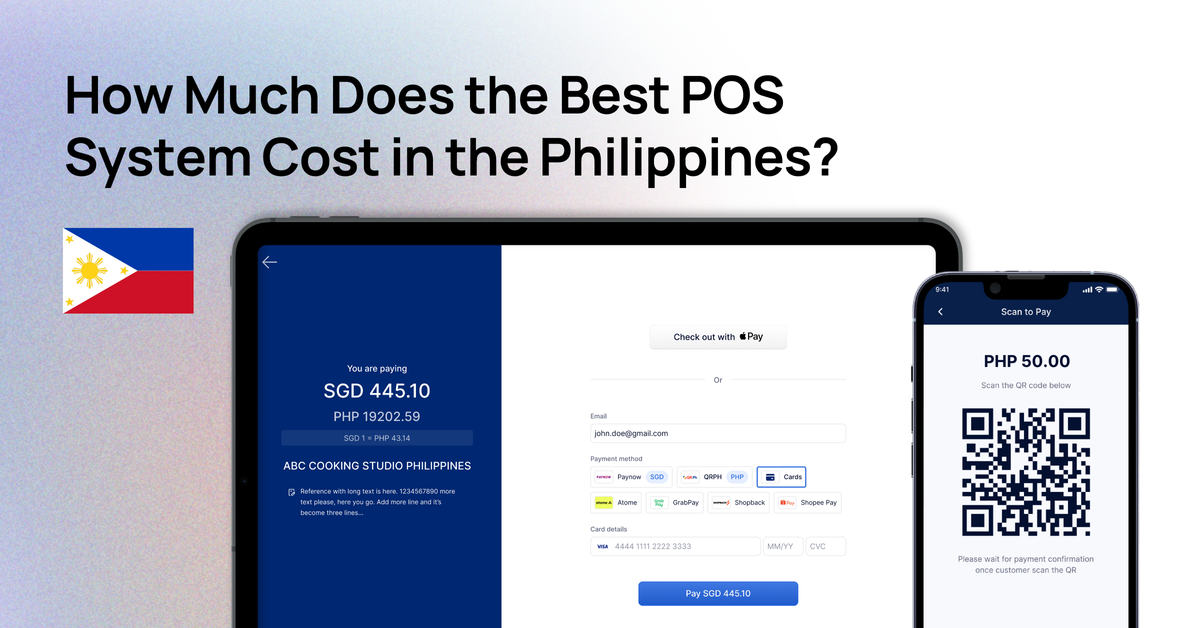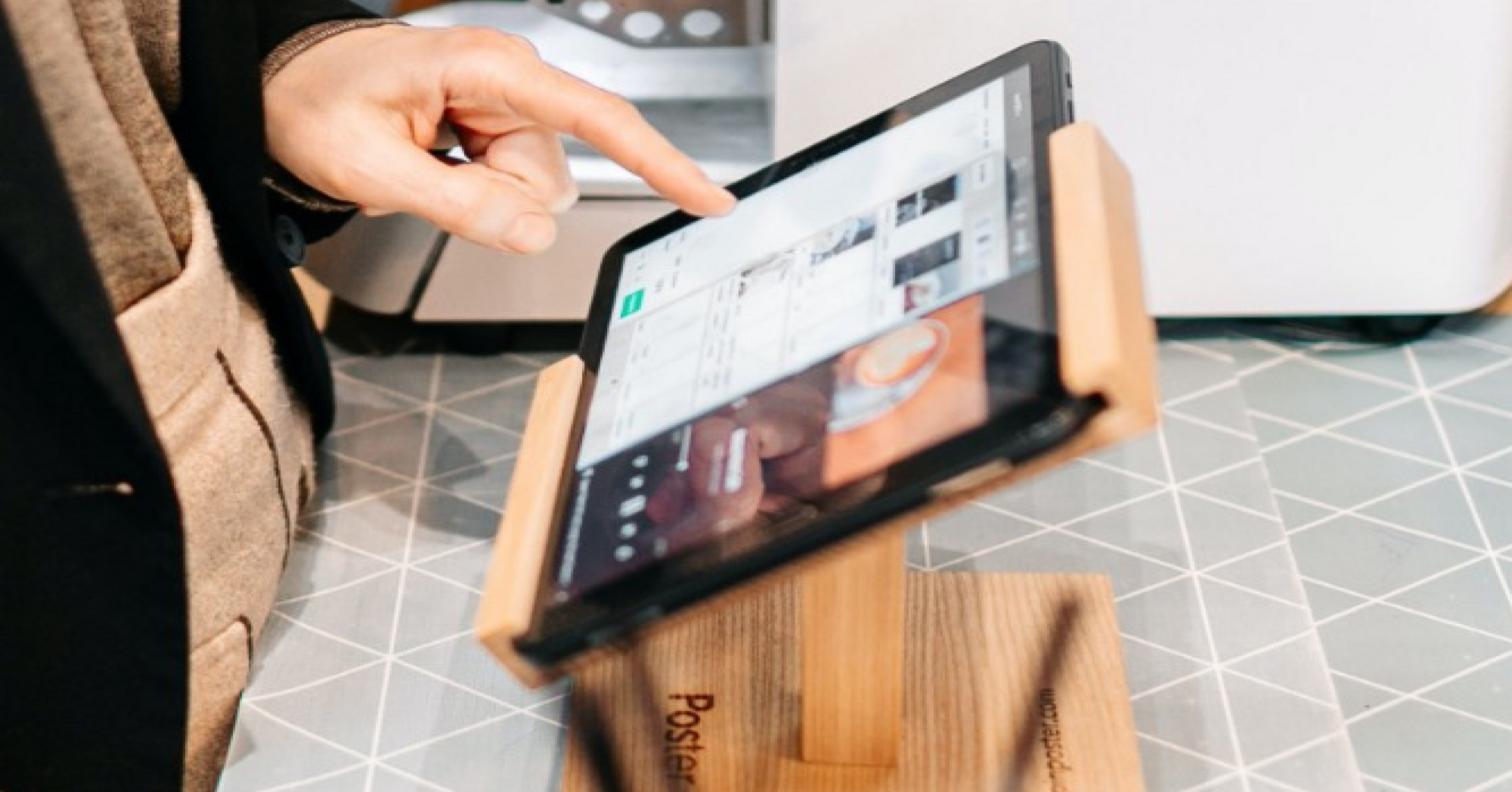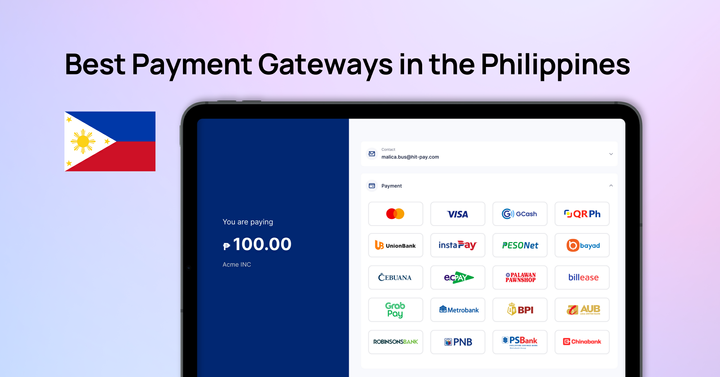How Much Does the Best POS System Cost in the Philippines?
Discover the costs and features of POS systems in the Philippines, including entry-level to high-end options, to help small businesses make informed decisions based on their unique needs and budget constraints.


POS systems are essential for small businesses like shops and restaurants, as they simplify tasks such as managing inventory and improving customer service.
HitPay, a payment platform trusted by over 20,000 businesses across Southeast Asia and beyond, offers a solution that simplifies payment processing by bringing online, in-store, and B2B payments together in one place.
In this article, we’ll explore the key features of POS systems, break down the expected costs in 2024, and provide guidance on how to choose the best solution for your business in the Philippines.
Key Takeaways
- Understanding the costs associated with a POS system includes equipment, setup, and processing fees.
- Different types of POS systems cater to varying business requirements.
- Usability and customer support are crucial factors when selecting a POS provider.
- Regular training for staff on the selected system is vital for operational efficiency.
- For businesses in the Philippines, selecting a POS system that integrates with local payment methods and offers tailored support can be a major advantage.
Understanding the Costs of a POS System in the Philippines

A POS system is crucial for any retail business. It not only handles transactions but also helps manage inventory by tracking stock levels automatically.
This means you can easily see what needs restocking. A POS system also gives useful data insights, showing which products sell best and when your store is busiest.
Understanding how a POS system works highlights its value in improving your business operations and delivering better service to your customers.
What is a POS System and Why Do You Need One?
A POS system manages sales, tracks inventory, and stores customer information in real-time. This real-time data helps business owners make smarter decisions by providing accurate insights into what’s happening in their store, which is perfect for small to medium size businesses.
POS systems automate many manual tasks reducing errors and speeding up processes, which results in smoother operations. They also improve transparency by providing clear records of transactions, stock levels, and customer activities.
Factors Affecting the Cost of a POS System in the Philippines
The cost of a POS system in the Philippines can vary based on several key factors. First, the type of POS system you choose—whether it’s cloud-based or traditional—affects pricing.
Cloud-based systems usually have lower upfront costs but require ongoing monthly fees.With more than half (51%) of Philippine businesses adopting cloud-based IT solutions, many are turning to cloud-based POS systems for their flexibility and scalability in adapting to changing business conditions.
Traditional systems may have higher initial costs but fewer recurring expenses.The hardware you need, such as receipt printers, card readers, and barcode scanners, also plays a role. In the Philippines, the price of imported hardware can be higher due to taxes and shipping fees.
Software features also impact cost—advanced options like integrated accounting, inventory management, and multi-location support often come with higher fees.
Average Price in Philippines of POS Systems

The cost of POS systems in the Philippines changes a lot, depending on what your business needs. Knowing about these options helps you pick the right one for your business and budget.
Entry-Level POS Systems: Features and Costs
Entry-level POS systems in the Philippines generally cost between ₱1,500 to ₱30,000. These systems are ideal for small businesses and startups that need basic features like sales tracking and simple reporting.
Mobile POS (mPOS) solutions are included within this range and are popular for businesses that want to transition to digital transactions without a significant upfront investment.
Mid-Range POS Systems: What You Get for the Price
Mid-range POS systems in the Philippines typically cost between ₱25,000 and ₱75,000, or around $500 to $1,500. These systems offer more advanced features compared to entry-level options, such as detailed sales reports, inventory management, and tools for improving customer relationships.
High-End POS Systems: Advanced Features and Pricing
High-end POS systems in the Philippines typically start at around ₱21,339 for hardware, with software subscription fees beginning at ₱1,874 per month when billed annually.
These systems are designed for larger businesses with more complex needs, offering advanced features such as detailed analytics, extensive reporting, and multi-location management.
Additional costs can include peripherals like cash drawers and barcode scanners. For businesses requiring top-tier customisation and comprehensive data insights, investing in these high-end solutions can significantly enhance operations and customer experience
While mid-range systems might have higher upfront costs due to more comprehensive hardware or bundled software, high-end systems offer more specialised features and flexibility, which can initially seem less expensive if you’re only considering the basic hardware and subscription rates
Comparing Prices of Popular POS Systems in the Philippines
The retail sector in the Philippines is seeing rapid growth largely due to the increasing adoption of digital solutions, cloud-based systems, and the rising demand for efficient payment methods.
The retail market is projected to reach ₱11,601 billion by 2025, with the food and grocery sector being a significant driver. This growth highlights the importance of selecting a POS system that aligns with the evolving needs of businesses in the country.
In this competitive landscape, choosing the right POS system can have a substantial impact on your business strategy.
Local vs. International POS System Providers
Local POS providers, focus on essential features like inventory management, reporting, and streamlined operations.
HitPay is an excellent choice for both SMEs in the Philippines and businesses globally. It offers a versatile, all-in-one payment platform designed specifically for small and medium-sized enterprises. By seamlessly integrating online, in-store, and B2B payment capabilities, HitPay provides advanced features without the hefty price tag often associated with international providers.
In contrast, international providers like NetSuite and Oracle offer advanced tools with deep e-commerce and customer relationship management (CRM) integrations, suitable for businesses that operate across multiple channels.
Subscription-Based vs. One-Time Payment POS Systems
The decision between subscription-based and one-time payment systems depends on your business's growth stage and financial flexibility. Subscription plans are more affordable upfront, making them ideal for startups and small businesses.
On the other hand, one-time payment systems involve a larger upfront investment but can save you more over time, especially for established businesses that prefer long-term stability.
When considering your options, weigh the costs against the expected growth, need for scalability, and specific features you require. HitPay again stands out as a flexible solution, offering a free subscription with advanced tools, making it a cost-effective and scalable option for growing businesses in the Philippines.
Making the Right Choice for Your Business
Your POS system should align with your business’s growth trajectory, need for flexibility, and overall budget. Local providers offer a solid combination of affordability and essential features, while international providers might be better suited for enterprises with complex needs.
The choice ultimately depends on whether you prioritise localised support or require global scalability.
Additional Costs to Consider When Purchasing a POS System

When buying a POS system, it’s important to be aware of extra costs that can affect your budget. Understanding these costs helps you plan better and avoid surprises.
1. Hardware Costs: Terminals, Printers, and Scanners
The cost of POS hardware varies depending on the brand, model, and features. Essential items include terminals, receipt printers, and barcode scanners. Higher-quality devices may cost more but offer better performance and last longer.
Cheaper options might save money upfront but could have limited features or need frequent replacement. Consider your business needs to find the right balance between cost and quality.
2. Software Licensing and Subscription Fees
Software costs are a key part of a POS system. These fees could be monthly, yearly, or a one-time payment. You should also account for ongoing costs like software updates and maintenance.
In the Philippines, many businesses prefer software that provides real-time sales and inventory tracking, which makes it a valuable investment over time.
3. Maintenance, Support, and Training Costs
Don’t forget the costs for maintaining and supporting your POS system. These include technical help, system updates, and repairs. Training your staff is also important so they can use the system effectively.
Investing in employee development is crucial, especially since 70% of employees would be somewhat likely to leave their current job to work for an organisation that prioritises employee learning and growth. Ensuring your staff is well-trained not only improves efficiency but also helps retain skilled employees.
Understanding all these expenses helps you make a smart investment for your business.
How to Choose the Right POS System for Your Budget

Choosing the right POS system involves balancing your business needs with your budget. Here’s how to make the best choice:
Step 1: Understand Your Business Needs
- Evaluate Your Operations: Think about whether you need a cloud-based system for remote access or an offline solution for uninterrupted service.
- Consider Inventory Management: Some POS systems can track inventory and help cut down on waste, which saves you money in the long run.
- Look at CRM and Marketing Tools: If customer data and growth are important to you, look for POS systems with CRM features that can integrate with your marketing efforts. In fact, 87% of brands reported increasing their investment in digital customer engagement in 2022, showing just how crucial it is to prioritise tools that help you connect with your customers.
Step 2: Set a Budget
- Determine What You Can Afford: Knowing your budget upfront will help you focus on systems within your price range.
- Weigh Initial Costs vs. Long-Term Savings: More expensive systems may offer better efficiency and features, leading to savings over time.
Step 3: Do a Cost-Benefit Analysis
Weigh the benefits of a POS system against its costs. Here’s what to consider:
- Features vs. Cost: Advanced systems offer detailed sales reports, CRM tools, and inventory management. Are these features worth the extra cost?
- Hidden Costs: Don’t forget to account for software updates, maintenance, and training costs.
Step 4: Make an Informed Decision
When choosing a POS system, balance your budget with the features your business needs. A thorough cost-benefit analysis can help you choose a system that supports your business growth and fits your financial plan.
Where to Buy POS Systems in the Philippines
Finding the right POS system in the Philippines can be challenging with so many options available. Knowing where to find trusted providers and good deals is essential for making the best decision for your business.
Top POS System Providers in the Philippines
For small to medium-sized businesses, HitPay is the top choice. It offers an all-in-one payment solution designed to be both powerful and cost-effective.
Unlike many other providers, HitPay delivers advanced features without charging subscription fees, making it a smart option for businesses seeking a balance of affordability and robust functionality. With tools like integrated inventory management and CRM features, HitPay ensures that businesses have everything they need to run smoothly while keeping costs low.
Tips for Getting the Best Deals on POS Systems
Here are some strategies for finding the best deals on POS systems in the Philippines:
- Compare Multiple Providers: Explore different offers to get a sense of pricing and features.
- Prioritise Transparent Pricing: Choose providers that are upfront about costs to avoid unexpected fees.
- Look for Low or No Subscription Fees: Opt for systems with affordable or even free subscription plans, like those offered by HitPay, which include essential features at no cost.
- Test Before Committing: Consider systems that offer trial periods or demo versions, allowing you to experience the platform before making a full investment.
Choosing the right POS system can lead to significant business improvements. Businesses that adopt modern POS systems often see improvements in efficiency, sales tracking, and customer experience, leading to significant growth.
In fact, many businesses in the Philippines are increasingly adopting digital payment solutions to streamline operations and better serve their customers, which contributes to overall business growth.
Get Started With HitPay’s Secure POS System Software

Understanding the costs and features of POS systems in the Philippines is important for businesses that want to improve efficiency, customer service, and daily operations. As the market changes, it’s essential to carefully choose a system that fits your needs and budget.
For small and medium-sized businesses, picking the right POS system is a big decision. Focus on finding a system that has the features your business needs, while also staying within your budget. Whether you need tools for payment processing, inventory management, or customer relationship management (CRM), selecting the right POS system can help your business grow and run smoothly.
As more businesses in the Philippines move towards digital solutions, having the right POS system can make a big difference. By knowing the costs, checking the features, and choosing a system that meets your needs, you can make a smart decision that supports your business’s success in the long term.
Experience the simplicity and efficiency of HitPay's POS software with no subscription fees. Take advantage of our advanced features at no cost, and streamline your business operations effortlessly.
If you're a customer who has questions about paying with HitPay, feel free to contact us on our website.
Frequently Asked Questions About POS Systems
What is a POS System and How Does it Work?
A POS system (Point of Sale system) is a combination of hardware and software that allows businesses, especially retail stores, to complete sales transactions. The terminal typically includes a computer, monitor, cash drawer, printer, and scanner. When a customer makes a purchase, the POS software calculates the total, processes the payment, and manages the inventory.
What are the Key Features of Affordable POS Systems in the Philippines?
Affordable POS systems in the Philippines typically offer essential features such as sales tracking, inventory management, and employee management. They may also provide integration options with other software, such as accounting or CRM systems. The best POS systems will allow you to manage your retail business effectively while being cost-efficient. Look for an all-in-one solution that meets your business needs.
Are There Any Free POS Systems Available in the Philippines?
Yes, there are some free trial versions of POS software available in the Philippines. However, keep in mind that while these versions can help you get started, they may have limited features compared to paid options. Some providers offer a free trial to allow users to test their point-of-sale solutions before committing to a subscription.
How Do I Choose the Best POS System for My Retail Business?
Choosing the best POS system for your retail business involves assessing your specific business needs. Consider factors like the size of your store, the volume of transactions, required features (like inventory management) and your working budget.



